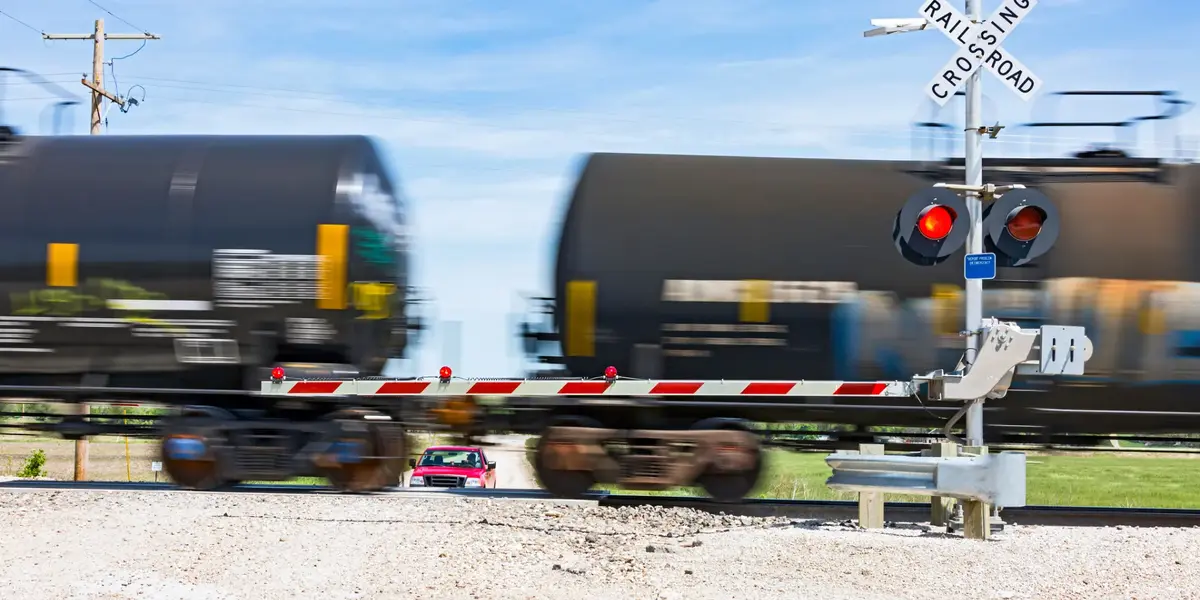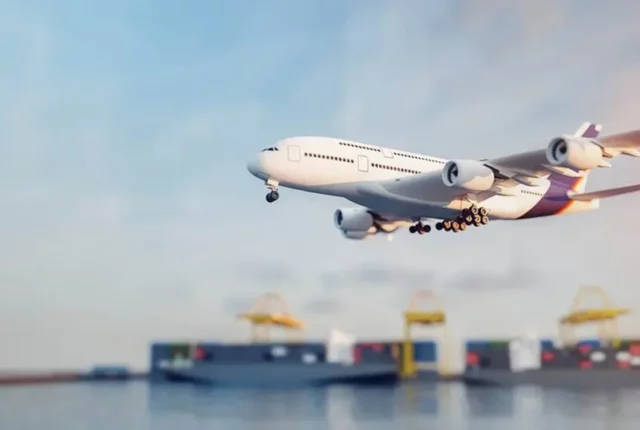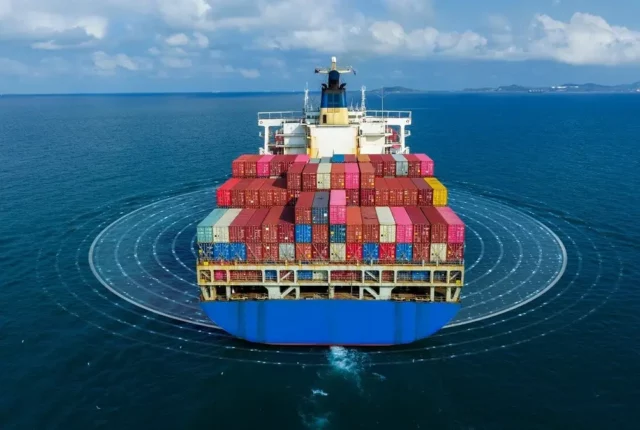
Rail Freight Safety: Mitigating Risks in Railroad Transportation
In the world of transportation and logistics, rail freight plays a pivotal role. It’s a safe and efficient method for moving goods over long distances, but it’s not without risks. Ensuring rail freight safety is paramount to protect cargo, people, and the environment. This article dives deep into the strategies and techniques for mitigating risks in railroad transportation, providing valuable insights and expert advice.
Ensuring Rail Freight Safety
Rail freight safety involves comprehensive strategies and measures that contribute to secure cargo transportation. By addressing the following aspects, we can mitigate risks effectively:
Rail Infrastructure Maintenance
Safeguarding the integrity of rail infrastructure is crucial for safety. Regular inspections, maintenance, and repairs ensure that tracks and bridges remain in optimal condition. The absence of maintenance can lead to derailments and accidents.
Safety Protocols for Cargo Handling
Proper protocols for loading and securing cargo are vital. Cargo must be evenly distributed and securely fastened to prevent shifting during transit. Adequate packaging and labeling also play a pivotal role in safety.
Advanced Signaling Systems
The implementation of advanced signaling systems enhances rail safety. These systems include real-time tracking, signaling, and communication networks that allow rail operators to monitor and control trains efficiently.
Emergency Response Preparedness
Being prepared for emergencies is a significant component of rail freight safety. This involves training personnel for crisis situations, having emergency response teams in place, and equipping trains with safety features such as fire extinguishers and first aid kits.
Weather Forecast Integration
Rail operators must integrate weather forecasts into their operations. Adverse weather conditions can pose significant risks, and being able to anticipate and adapt to them is critical for safety.
Efficient Communication
Efficient communication among all stakeholders in the rail transportation process is essential. This includes communication between train operators, maintenance crews, and cargo handlers, ensuring everyone is informed and coordinated.
Freight Hazard Identification
Identifying potential hazards is the first step in mitigating risks. This includes assessing the type of cargo being transported and its associated risks.
Modern Locomotive Technology
Modern locomotives are equipped with advanced safety features such as collision avoidance systems and automated braking, significantly reducing the likelihood of accidents.
Crossing Safety
Ensuring the safety of road and rail crossings is essential. Proper signaling, gate systems, and public education are all essential aspects of minimizing accidents at these junctures.
Cargo Inspection and Maintenance
Routine inspection and maintenance of the cargo itself are imperative. Damaged or defective cargo can be a significant hazard, so ensuring it is in good condition is a key safety measure.
Rail Freight Safety: Mitigating Risks in Railroad Transportation
Rail freight safety is a multi-faceted approach to mitigating risks in railroad transportation. It encompasses various strategies and best practices to ensure the secure movement of goods while protecting the well-being of people and the environment. Implementing these measures is not only a regulatory requirement but also a moral obligation to maintain safety standards in the industry.
Frequently Asked Questions (FAQs)
Q: What are the common risks associated with rail freight transportation?
Rail freight transportation poses risks such as derailments, cargo shifts, accidents at crossings, and damage to the environment in case of hazardous cargo spills.
Q: How can rail operators ensure the safety of hazardous cargo?
Operators must follow strict protocols for handling and securing hazardous cargo. They should also have emergency response plans in place to address potential spills or accidents.
Q: Are there technological advancements that enhance rail freight safety?
Yes, modern locomotives are equipped with advanced safety features like collision avoidance systems and automated braking, significantly reducing the likelihood of accidents.
Q: How can the public contribute to rail safety at crossings?
The public should obey traffic signals and barriers at rail crossings, follow safety guidelines, and avoid trying to cross tracks when a train is approaching.
Q: What should I do in case of an emergency on a freight train?
In case of an emergency, follow any safety instructions provided on the train. If necessary, use safety equipment, contact the authorities, and remain calm.
Conclusion
Rail freight safety is not only about protecting cargo; it’s about safeguarding lives and the environment. By adhering to rigorous safety protocols, implementing advanced technology, and maintaining communication and preparedness, we can ensure that rail transportation remains a secure and efficient method for moving goods across the country. So, let’s stay on track with rail freight safety and keep the wheels of commerce turning.






